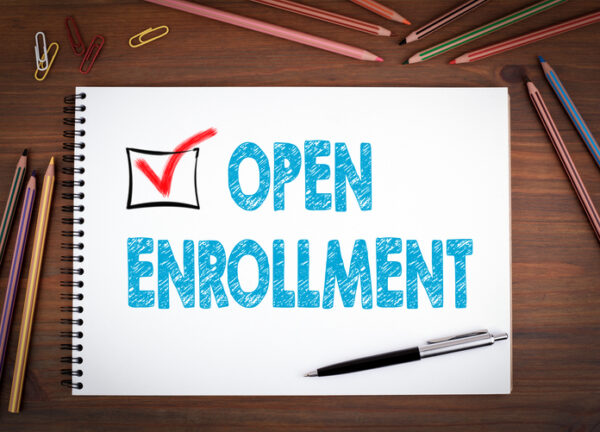
For the past three years healthcare employees have sacrificed their wellbeing, their safety, and their personal lives as we fought through the pandemic. Now is the time to help them make the most of their own health and wellbeing by increasing their benefits knowledge and removing common barriers to utilization during open enrollment.
Employee benefits have become an essential asset in the race for talent, because employees are beginning to prioritize a flexible, supportive work culture, as much or more than compensation. While this is true across industries, it may be even more important for healthcare organizations as hospitals and health systems continue to grapple with retaining and recruiting frontline workers – with communities across the country experiencing nursing shortages. That’s why it’s important to remember that even those who work in healthcare need help to understand the array of benefits available to them.

Health Benefit Consultants, Share Your Expert Insights in Our Survey
Christy Gigandet Christy Gigandet, SHRM-SCP, is benefits program manager for Quantum Health, the leader in healthcare navigation and care coordination.
The health benefits confidence gap is real
Confusion and low awareness of what’s available can keep employees from enrolling in and using programs that prevent or manage health needs or that address issues like stress, fatigue, and burnout – all of which remain critical. This can become costly for healthcare organizations investing in robust benefits programs and point solutions for employees.
Healthcare navigation is a workplace solution that delivers a personalized approach to benefits for employees. Select navigation providers feature care coordinators who work one-on-one with individual employees as their first point of contact, directing them to the right in-network providers, helping to solve claims issues, and offering clinical support for even the most complex conditions. This has been shown to increase adoption and engagement in benefits, deliver better health outcomes, and reduce healthcare costs for both the employee and the employer – while simplifying the workload for healthcare HR teams.
Improve benefits knowledge during open enrollment

A Deep-dive Into Specialty Pharma
A specialty drug is a class of prescription medications used to treat complex, chronic or rare medical conditions. Although this classification was originally intended to define the treatment of rare, also termed “orphan” diseases, affecting fewer than 200,000 people in the US, more recently, specialty drugs have emerged as the cornerstone of treatment for chronic and complex diseases such as cancer, autoimmune conditions, diabetes, hepatitis C, and HIV/AIDS.
Education and communication are crucial to a successful open enrollment, and to appropriate utilization throughout the year. In fact, a consumer survey revealed that the following four questions are among the primary drivers of barriers to care and benefits utilization for employees.
- What’s covered? Knowledge is key to appropriate benefits use. Employees must understand coverage details, such as the type of coverage they have, how copays and coinsurance work, and how their deductible works. When employees are better versed in their coverage details, they are less likely to be surprised by medical expenses down the road.
- How are specialty health benefits accessed? Finding doctors and accessing care may seem straightforward particularly for those who work in healthcare, but even healthcare employees find the process challenging – especially given the growing number of specialty programs available today. Open enrollment can be an opportunity to teach employees how to enroll in and use services like pain management, musculoskeletal health, or virtual mental health counseling.
- What is the purpose of the EOB? While a health plan Explanation of Benefits (EOB) is meant to inform policy holders, it may create unintended confusion among employees who do not understand what an EOB means in relation to invoices they receive for clinical services. Providing employees with a sample EOB can lessen confusion by explaining the document and its use, particularly in regard to reconciling provider charges against coverage details.
- How are referrals or prior authorizations secured? The healthcare experience can be complex for anyone, even those in healthcare. Employees will likely have questions and need help when it comes to securing referrals and prior authorizations for specialty services, prescription drugs, or medical equipment. Healthcare navigation can help to ease this burden by facilitating prior authorizations on behalf of employees.
The annual open enrollment period is the right time to proactively address common benefits knowledge roadblocks with more in-depth education and communications. The right approach to communication and personalized support for employees will streamline the experience for employees, while improving utilization and delivering cost efficiency for employers.
Christy Gigandet, SHRM-SCP, is benefits program manager for Quantum Health, the leader in healthcare navigation and care coordination.












